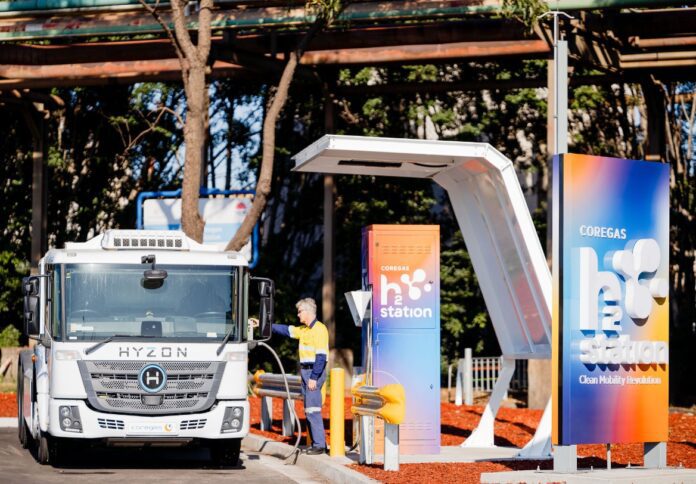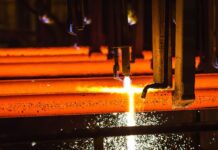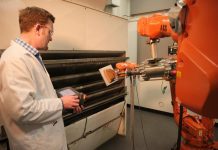
Australia’s national science agency CSIRO and GHD Advisory have released a new report that urges the country to prioritise hydrogen-powered transportation alongside electric vehicles or risk falling behind its global counterparts.
The report, titled “Hydrogen vehicle refuelling infrastructure,” outlines the advantages and disadvantages of establishing refuelling facilities for hydrogen-powered road vehicles in Australia.
According to the CSIRO, while battery-electric vehicles will drive the decarbonisation of road transport in Australia, hydrogen-powered vehicles have the potential to play a substantial role in long-haul travel and freight transport.
The agency further explained that hydrogen-powered vehicles do not need to carry the massive, heavy batteries necessary by electric vehicles, which makes them quicker to refuel, have a longer range between filling stations, and can carry more cargo.
Prof Bronwyn Fox, chief scientist at CSIRO, stated that if Australia is to reach its net zero promises, it must quickly decarbonise its transportation sector, which now accounts for 18.6 per cent of the nation’s greenhouse gas emissions.
“While we know hydrogen will play a critical role, we also know that much of the key infrastructure for storing, moving and distributing hydrogen for use as a transport fuel – including pipelines, storage tanks and refuelling stations – is yet to be built,” Prof Fox said.
“That’s why this report is so important. It identifies priorities for action, including areas that would benefit from targeted research and innovation,” he added.
In particular, the report examined refuelling infrastructure choices depending on fuel demand and distance from the hydrogen source, and it compared the various hydrogen storage and dispensing systems that are available.
While all Australian hydrogen refuelling stations presently produce hydrogen on-site, the study concluded that in order to refuel vehicles at scale, we will need to transition to centralised off-site production and delivery of hydrogen.
According to Shawn Wolfe, executive advisor at GHD Advisory and study lead author, Australia now has five hydrogen refuelling stations in service, with another 20 planned or under construction.
“The pace of the transition to hydrogen-powered transport is moving a lot faster internationally than in Australia,” Wolfe said.
“Companies like Daimler and Ampol are not hedging their bets – it’s a hydrogen and electric transport future,” Wolfe added.
Dr Patrick Hartley, leader of the CSIRO’s Hydrogen Industry Mission, stated that research is taking place at every stage of the hydrogen supply chain, from hydrogen production to storage, delivery, and, eventually, utilisation technologies such as fuel cells.
“Australia is unique in terms of our size and sparse distribution of population, so finding ways to make hydrogen available across the continent will be a key enabler,” Dr Hartley said.
He added, “This report will help regulators and industry stakeholders understand where they can best focus their activities and progress their plans to develop infrastructure for hydrogen-powered transport.”
For more information about the report, you may download it through this link.




















